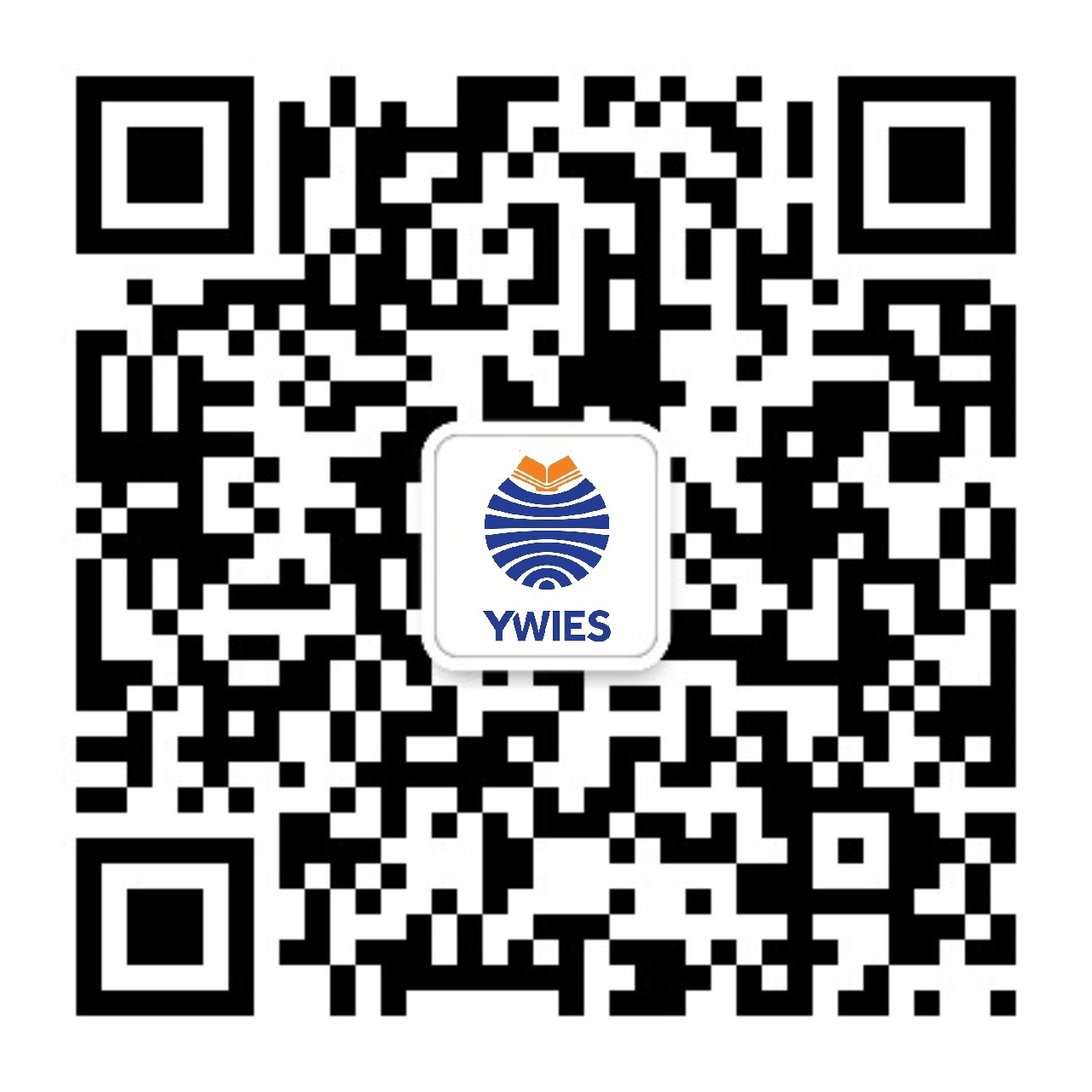Go Back
News
School News
How to achieve fun learning of Math at Yew Wah?
School News
05 Dec, 2022
17 : 45
Unlike Chinese, English and other language courses, young learners can use Math all the time in everyday communication.
When children start to learn math, they may easily lose interest. In this case when they are adults, they cannot complete things ranging from calculating the bill in grocery store, to understanding business contracts, and the lack of understanding of data will hinder their ability to conduct scientific research. That is a great loss.
[Young students tend to get bored with repeated knowledge. They focus more on interesting, novel things.]
——YWIES teachers know the pain points of children learning mathematics, and it is also the challenge for teachers of mathematics.
How do teachers stimulate their students interests in a variety of ways when designing their teaching modules? How can our teachers target and overcome the teaching difficulties?
Ms. Cecelia, Math teacher at YWIES Beijing, shared: "In the classroom, I stimulate children's interest in learning math through 3 steps.
Step 1: "Archaeological Exploration"+” "Ancient vs. Modern"+ “Multiplication strategy—Array”
Our children aim to learn multiplication this semester. The core knowledge is to let children understand multiplication tables. Ms. Cecelia did not make students memorize the multiplication tables as the lesson started. It would be hard for them to apply it through rote learning. Instead, Ms. Cecilia and her students have undertaken an "archaeological exploration" together, they searched online for information regarding multiplication and learned about its past and present lives with students. They also watched an archaeological video together.
In 2002, archaeologists found more than 36,000 Qin bamboo slips in Liye, Hu’nan Province. When cleaning these bamboo slips, one of the bamboo slips which was 22cm long, 4.5 cm wide attracted the attention of the archaeologists. After identification, it was an aligned multiplication table.
Ms. Cecelia and the students have then undertaken research about multiplication tables in ancient and modern time. The multiplication tables were recorded on one of the Qin bamboo slips of which more than 30,000 were found by the archaeologists. Different from today's multiplication tables, the multiplication table on the Qin bamboo slip does not start from "one times one equals one", but from "nine times nine equals eighty-one." It ends with "two times a half equals one".
Combining the Chinese and western teaching methods, Ms. Cecilia introduced the internationally popular multiplication strategy--array. Then through hand-on activities, students built the arrays by cubes to establish a clear impression, so that they can have an intuitive visual understanding on the concept of multiplication to gain a solid foundation, the students operated the materials independently.
The children came to understand the multiplication tables through the research and exploration and now have a better impression of multiplication tables. What about the next step? How can children better memorize multiplication tables?
Step 2:Fun Learning of Multiplication Tables
I combined the traditional Chinese paper folding game—East, South, West, North with multiplication tables to create multiplication table fortune teller. Ms. Cecilia also adopted interactive activities such as multiplication tables tongue twister and the multiplication tables spinner to enable students to consolidate what they have learned in practical application and cultivate their application awareness.
In combination with the background information about the Spring and Autumn Period and the Warring States Period in the Grade 2 Chinese studies class, the students had an interesting discussion when designing characters for this play. At last, they decided that in the State of Qi during the Spring and Autumn Period, people who were good at farming, raising silkworms, pigs and also blacksmiths, were all the talents that the King Qi Huan Gong needed. In order to highlight that the scholar and the common people in the State of Qi knew the multiplication tables very well, the students put the multiplication tables of 2 and 4 as the lines in the play.
Step 3: To see and take things from a math view
In each activity, Ms. Cecilia pays attention to cultivating children's interests and habits to observe things through a math view. One special case that Ms. Cecilia shares is that after teaching the multiplication table of 5, Kim brought a box of multiplication blocks from home the next day. She said her mother bought it when she was in kindergarten in Germany, and she wanted to show it. Ms. Cecilia spent a few minutes of her class to allow Kim to explain. Kim carefully takes cubes labeled with numbers or multiplication symbols from the box and shares with her classmates how she uses blocks to arrange multiplication equations. Her performance in this unit was excellent, and the unit assessment also showed that her grades had improved greatly compared to the beginning of the school year.
"I often ask my students; do you like to take math classes with me? When I received a positive answer, I would continue to ask them, why do they like to take math classes with me? Kids will say, "Because it's fun, it's fun!" I feel that my math class is successful. Learning can't always be smooth sailing. I hope that when students enter primary school they begin to learn math systematically, I can help them to feel the joy of learning math. They can gain self-confidence and generate a continuous and strong interest in learning. I hope I can help them to establish a solid foundation for their future math learning. I encourage them to think bold and work hard, and maybe in the future, there will be the next mathematical genius among them!”
Teachers and students are constantly practicing our philosophy that quality student-teacher relationships are at the heart of meaningful engagement, leading to highly effective teaching and learning.
The teachers at Yew Wah combines the Chinese and western education model, prepare students to look beyond the walls of the classroom and their countries. It launches them on a personal journey of growth to become confident, balanced individuals with international perspectives.







